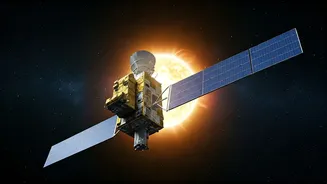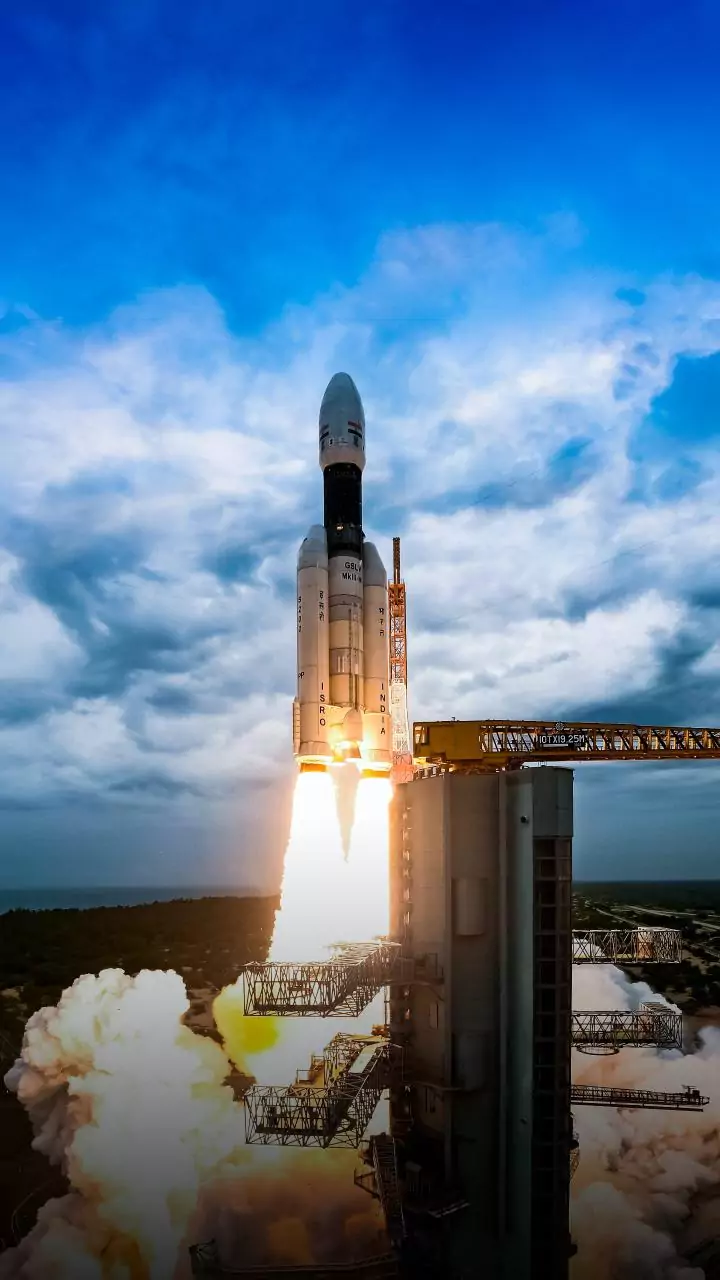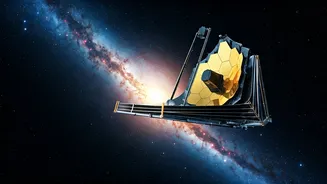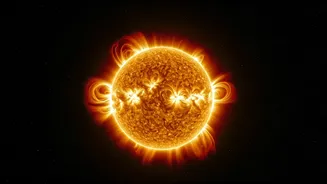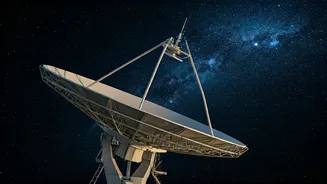Solar Storms' Impact
Solar storms, eruptions of energy from the Sun, can have significant repercussions on satellites orbiting Earth. These events release vast amounts of charged
particles and electromagnetic radiation, which can damage a satellite's electronic systems, disrupt communications, and even lead to a complete failure of the spacecraft. The potential financial implications of a satellite failure are immense, considering the cost of building, launching, and operating these critical assets. Moreover, the loss of a satellite can impact various services, from weather forecasting and navigation to communication and scientific research, affecting the lives of millions worldwide. Hence, it is crucial to prepare for and understand the impact of solar storms to protect satellites and maintain critical services.
Simulating Space Weather
To effectively prepare satellite operators for solar storms, realistic simulations are essential. These simulations replicate the conditions that satellites encounter during these events. Specialized software models solar flares, coronal mass ejections (CMEs), and other space weather phenomena. These models use real-time data from solar observatories and advanced physics to accurately represent the complex behavior of the sun and its impact on the space environment. Operators can then be exposed to these simulated scenarios, allowing them to practice their responses and develop their problem-solving skills in a safe environment. Simulating various types of storms allows for testing the resilience of satellite systems and refining operational procedures to maximize satellite survivability and performance.
Training Program Elements
Training programs for satellite operators incorporate several key elements. The initial phase often involves theoretical instruction, which teaches operators about solar physics, space weather effects, and satellite vulnerabilities. Following this, operators participate in simulations where they encounter different storm scenarios. During these exercises, operators must make critical decisions such as assessing the impact of a storm, implementing protective measures, and coordinating with ground control. These simulations also provide a platform for practicing communication protocols, ensuring seamless information exchange during actual emergencies. Furthermore, training programs include post-simulation reviews, in which operators analyze their performance, identify areas for improvement, and refine their strategies. This feedback loop ensures that operators continue to learn and adapt to the ever-changing challenges of space weather.
Simulation Tools and Techniques
A variety of tools and techniques are used to simulate solar storms. Software platforms are crucial; they integrate real-time solar data and physics models to reproduce space weather events. These simulations can range from simple scenarios, such as the gradual increase of radiation, to complex events involving multiple interacting factors, like CMEs coupled with solar flares. Furthermore, sophisticated visualizations allow operators to monitor satellite health, track storm characteristics, and assess the effectiveness of protective measures. Additionally, the training often includes virtual environments that allow operators to interact with simulated satellite systems, performing tasks like rebooting affected components or reconfiguring communication channels. Modern techniques also incorporate elements of game-based learning to increase engagement and provide a more interactive training experience.
Benefits of Simulation
The benefits of simulating solar storms for satellite operator training are manifold. Firstly, it enhances the ability of operators to respond swiftly and effectively during actual space weather events. Through repeated exposure to simulated scenarios, operators can develop quick decision-making skills and a deep understanding of satellite vulnerabilities. Secondly, the training helps to refine operational procedures, making the satellite systems more resilient to space weather. By identifying weaknesses in existing procedures during simulations, operators can develop improved responses. Moreover, simulations enable the operators to test the robustness of the satellite’s hardware and software under various storm conditions, ensuring they can withstand extreme space weather events. Finally, the training helps in reducing downtime and minimizing financial losses associated with satellite damage or malfunction due to solar storms.
Future Developments in Training
The field of satellite operator training is continually evolving, with ongoing developments in simulation technologies and training methodologies. Future training programs are expected to incorporate artificial intelligence and machine learning to create even more realistic and adaptive simulations. AI can also be used to analyze operator performance and provide personalized feedback, tailoring training to individual needs. Furthermore, there is a push towards integrating augmented reality (AR) and virtual reality (VR) technologies to create immersive training environments. These technologies enable operators to interact with simulated satellites and space weather events in a more hands-on manner. Another trend is the integration of more real-time data from the growing number of space-based and ground-based observatories that track space weather. Ultimately, these advancements aim to better prepare operators for the challenges of space weather and protect the critical assets that operate in space.
